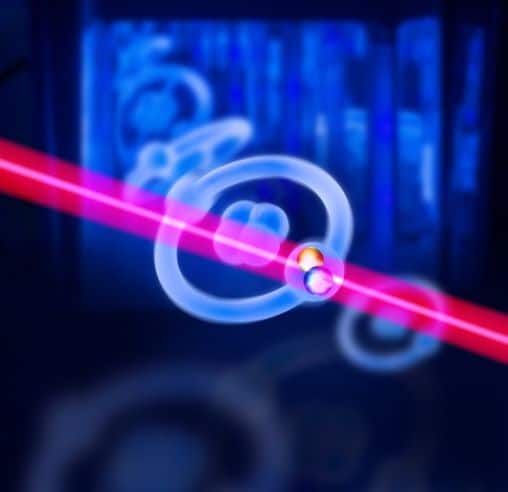All the helium in the Universe has been created by the fusion of hydrogen nuclei, either in the early Universe (a minute after the Big Bang) or in stars.

Helium (He), chemical element, inert gas of Group 18 (noble gases) of the periodic table. The second lightest element (only hydrogen is lighter), helium is a colourless, odourless, and tasteless gas that becomes liquid at −268.9 °C (−452 °F). The boiling and freezing points of helium are lower than those of any other known substance. Helium Comedy Club - Buffalo is a contemporary entertainment venue that bring stadium-sized talent to an intimate theater on a weekly basis. For a modest ticket price, patrons enjoy live standup comedy and other performance art from a nationally accredited act, no more than 60 feet away. Helium Comedy Club is a non-smoking facility. Guests can enjoy a wide selection of food and beverage, from perfectly-portioned appetizers to the hottest craft beers, as well as a full spread of entrees, desserts, and homespun cocktails in a relaxing, cozy atmosphere.
The Helium Song

What happens to the Helium? Most stars, after converting a significant portion of their hydrogen to helium undergo an internal change. The internal core collapses, and heats up, until it is hot enough to fuse helium into larger atoms, for instance, by combining three helium atoms into carbon. At this same time, some helium will fuse with that carbon to produce oxygen. Outside the core, in what's called the envelope, there is still enough hydrogen to fuse into more helium. But the core begins fusing heavier nuclei. This, by the way, is the transition from a 'normal' star like our Sun to a Red Giant.


Helium Comedy Indy

After the red giant phase, the Sun will lose its outer layers leaving behind its helium-rich core (called white dwarf), which will gradually cool over the lifetime of the Universe. In stars more massive than the Sun, after the red giant phase. it becomes essentially a free-for-all for creating heavier and heavier atoms. As soon as the helium in the core runs out, the star collapses again, heats up, and starts fusing carbon and oxygen into larger atoms. If the star is massive enough, this keeps happening until iron is fused. At which point a hotter core still won't lead to fusion. The star collapses, becomes unstable, and POW. Explodes, forming a supernovae and neutron star (or black hole).
Last updated Jan 28, 2019
The Helium Room
NPR’s sites use cookies, similar tracking and storage technologies, and information about the device you use to access our sites (together, “cookies”) to enhance your viewing, listening and user experience, personalize content, personalize messages from NPR’s sponsors, provide social media features, and analyze NPR’s traffic. This information is shared with social media, sponsorship, analytics, and other vendors or service providers. See details.
Helium Club
You may click on “Your Choices” below to learn about and use cookie management tools to limit use of cookies when you visit NPR’s sites. You can adjust your cookie choices in those tools at any time. If you click “Agree and Continue” below, you acknowledge that your cookie choices in those tools will be respected and that you otherwise agree to the use of cookies on NPR’s sites.

Comments are closed.